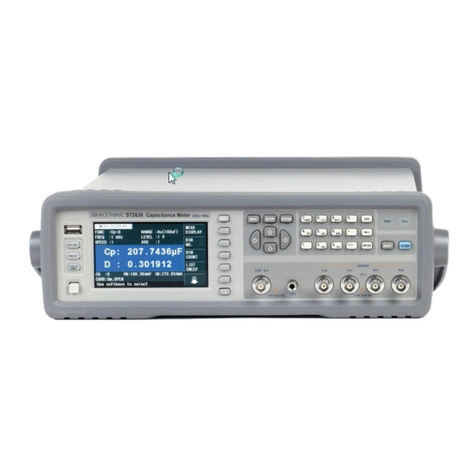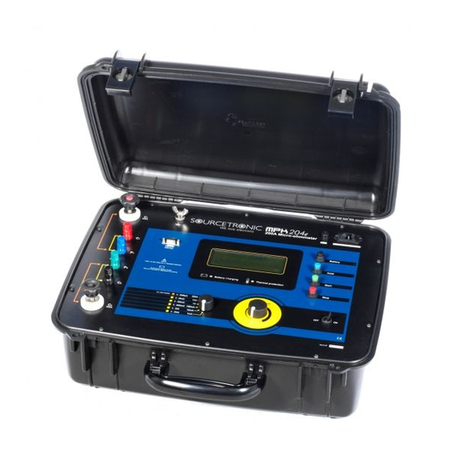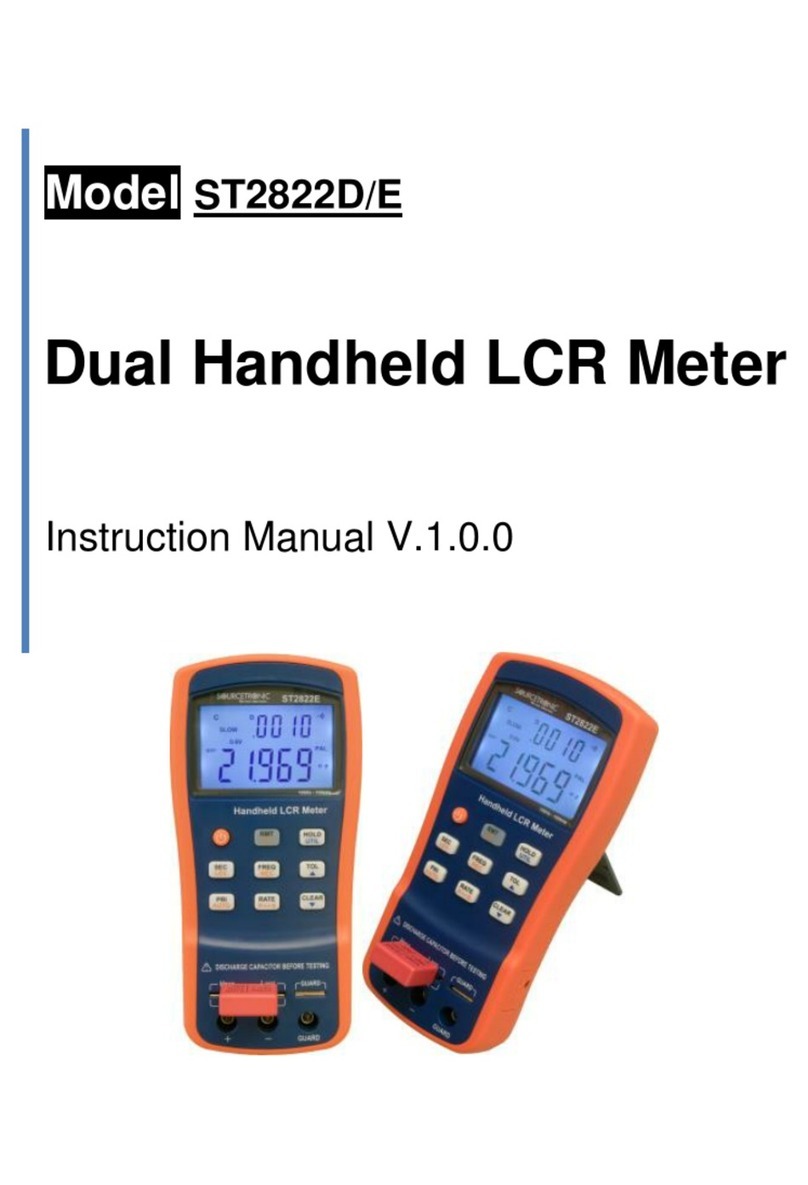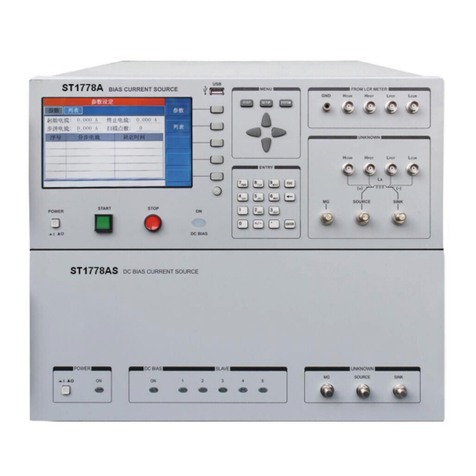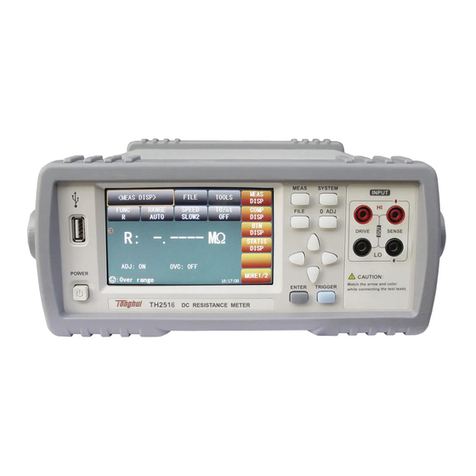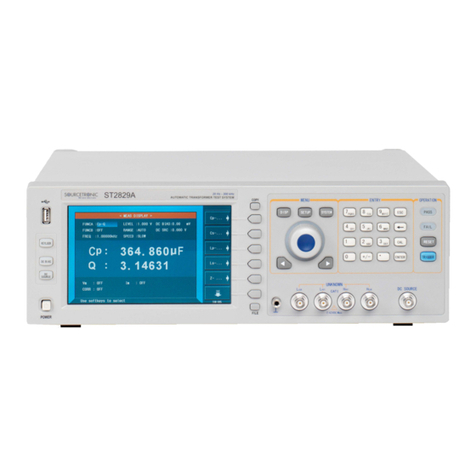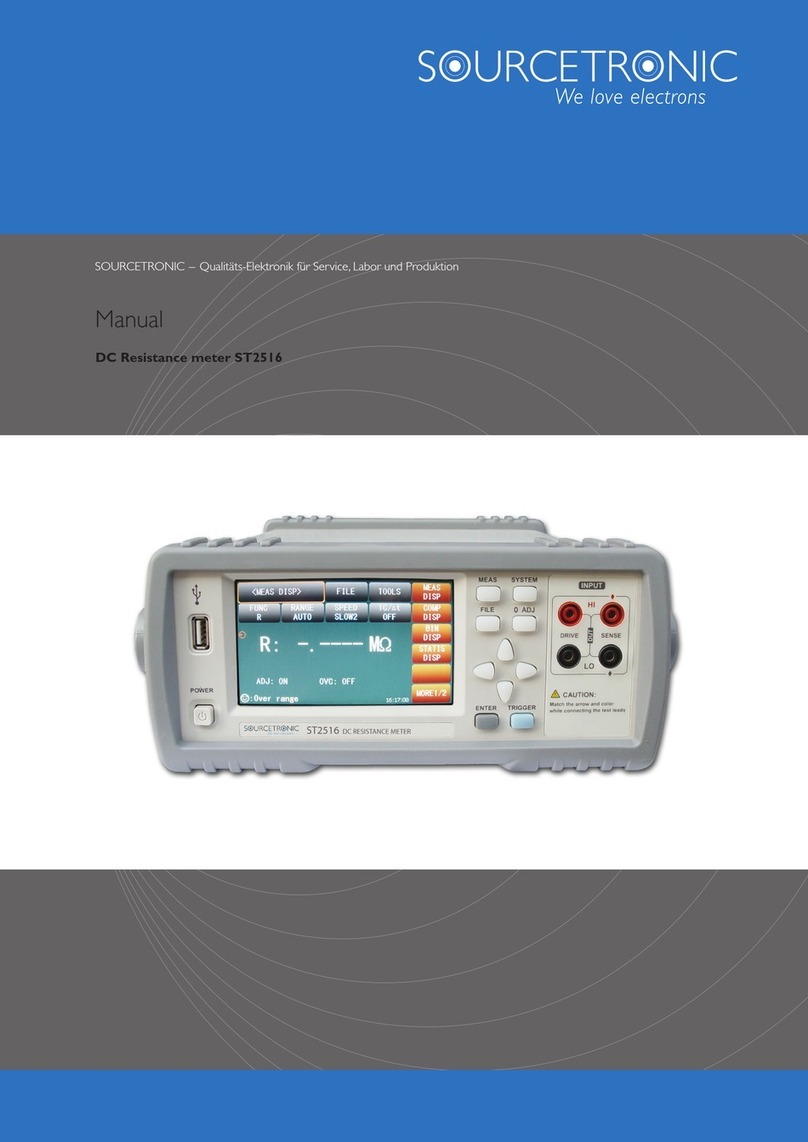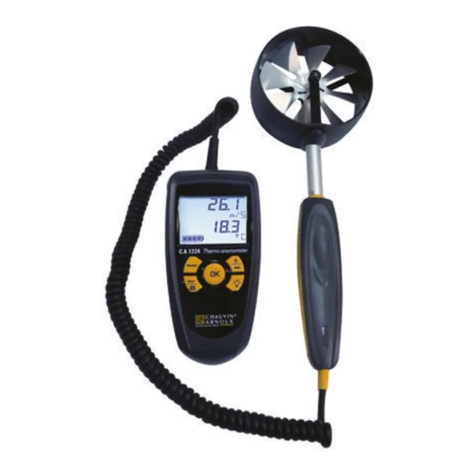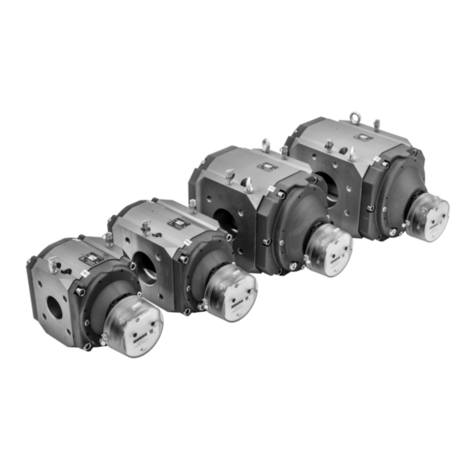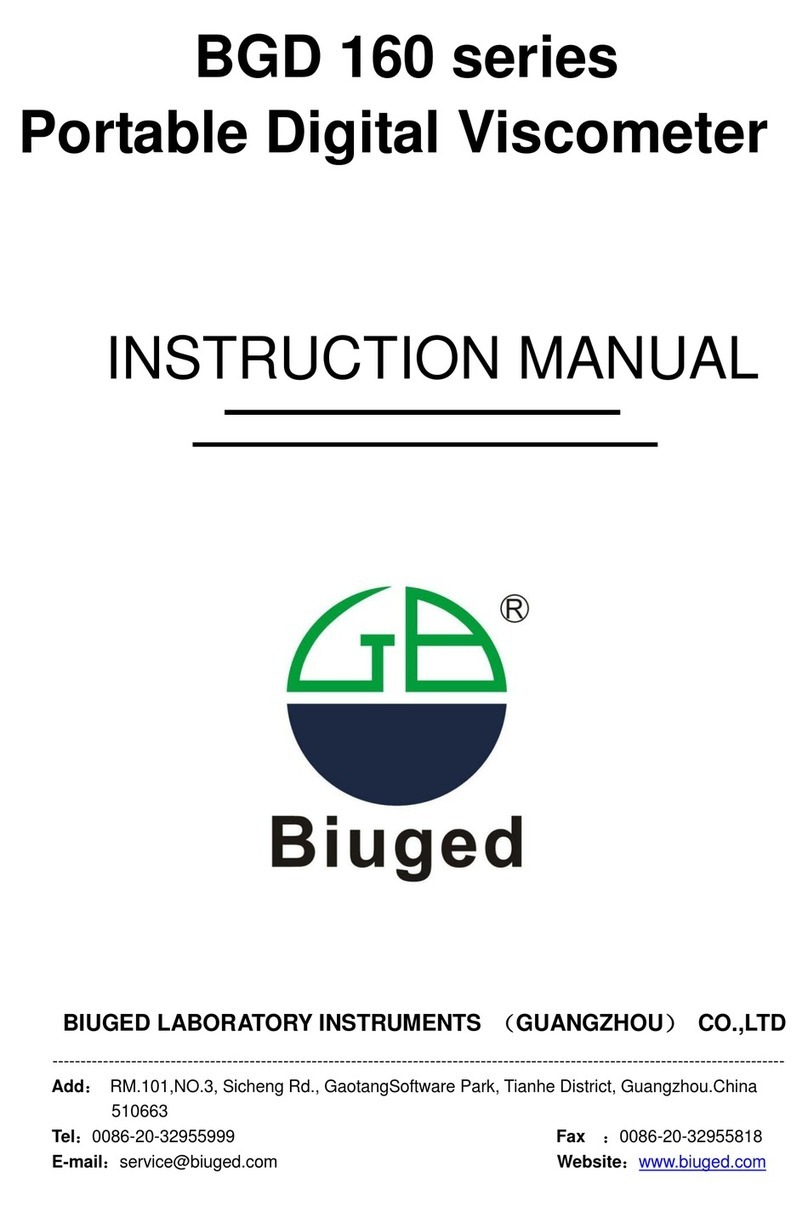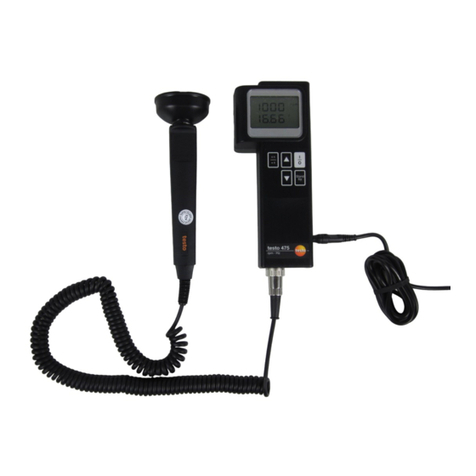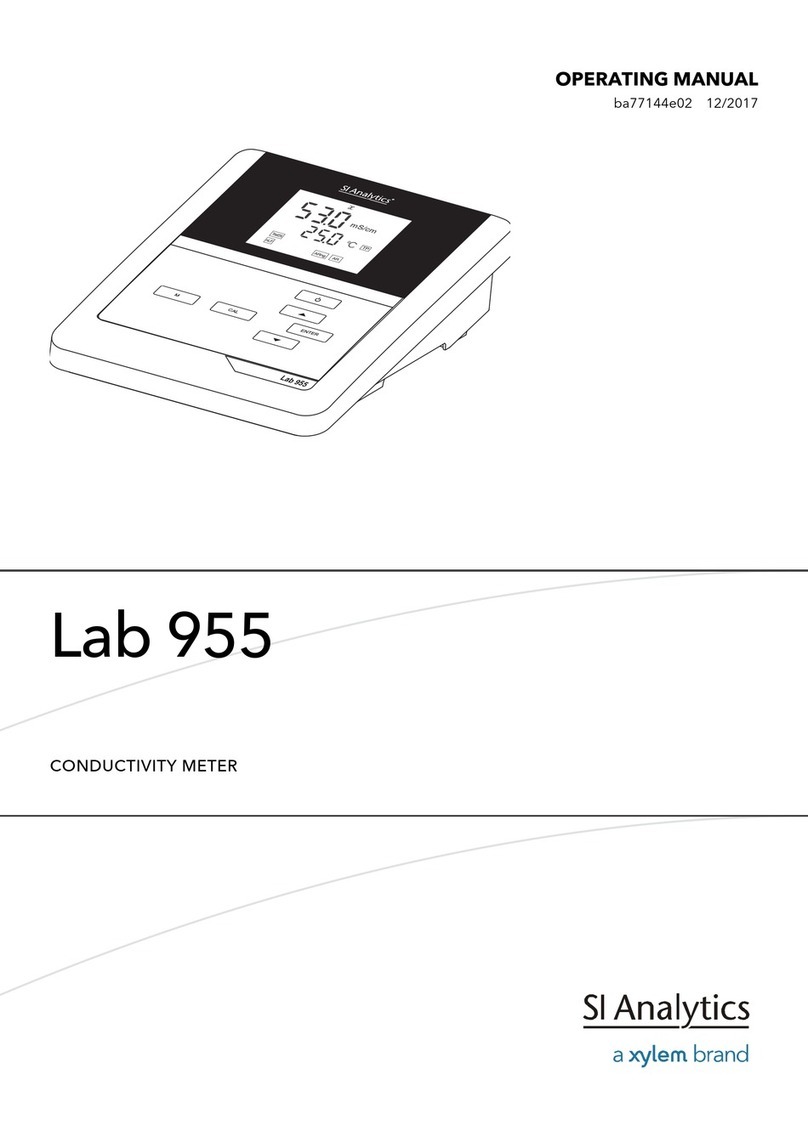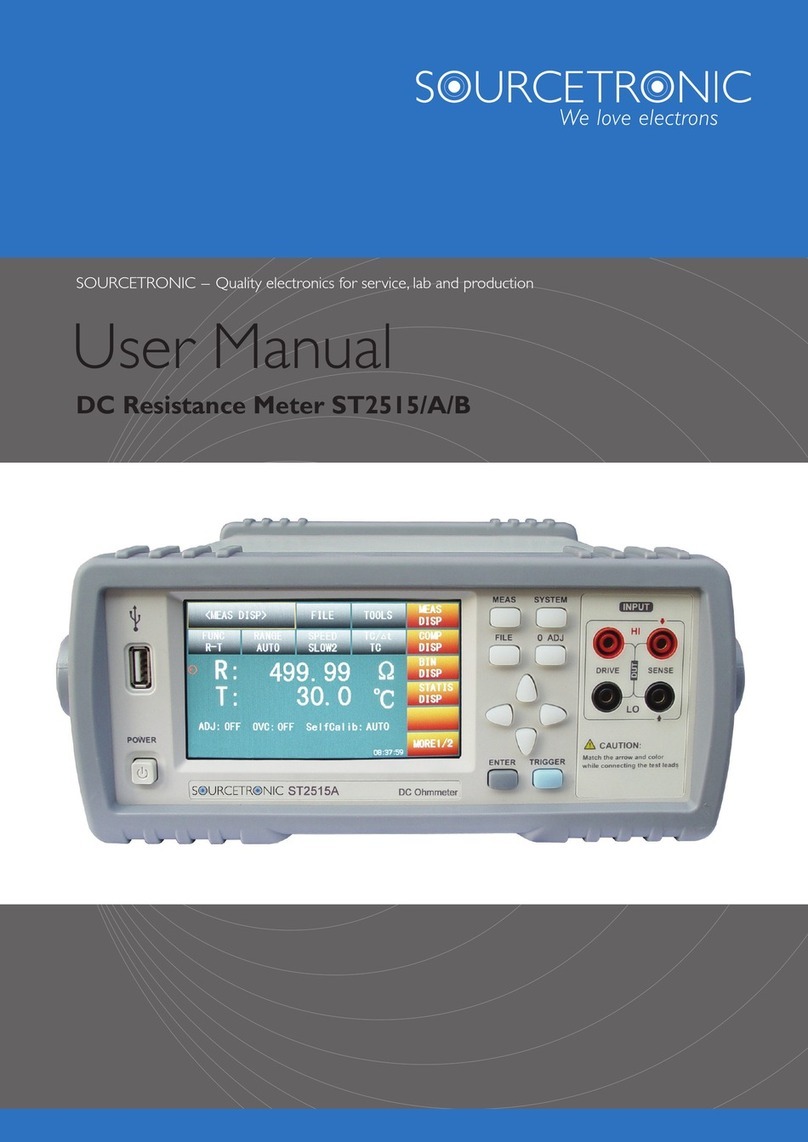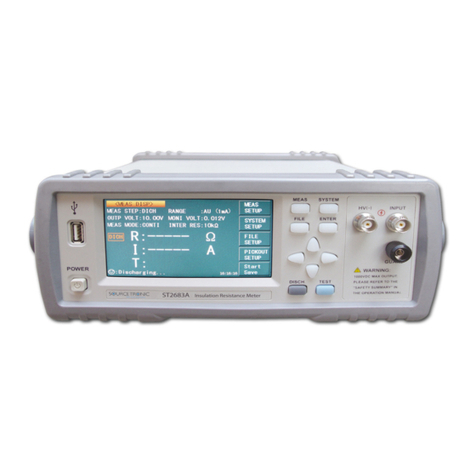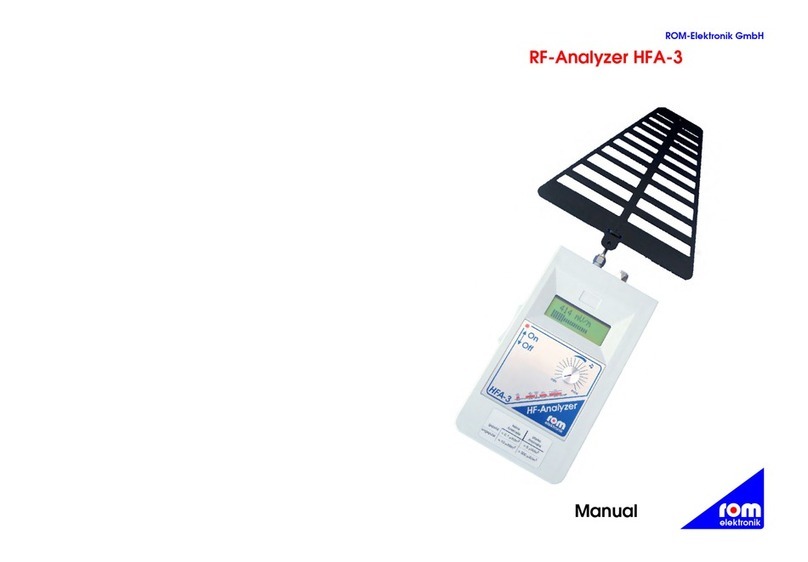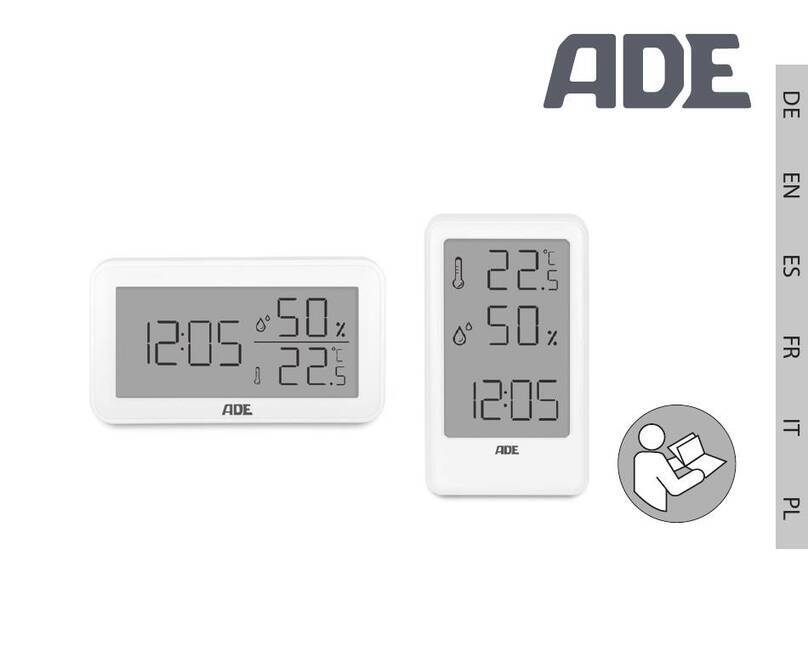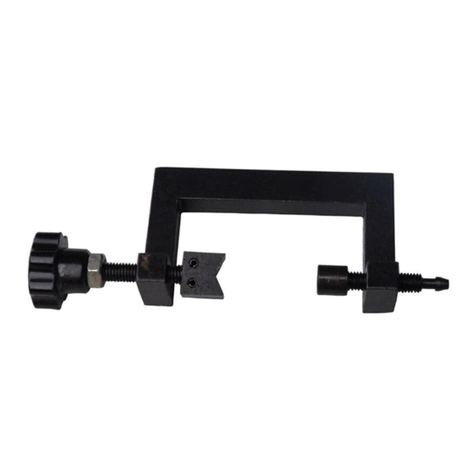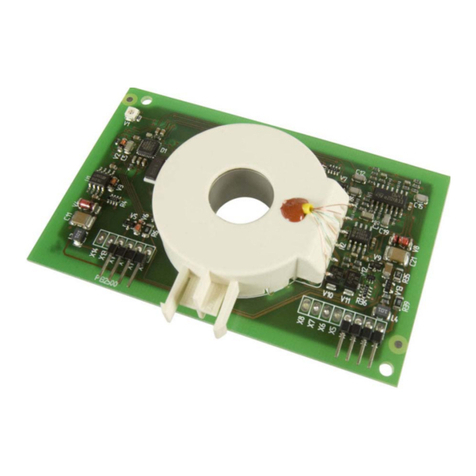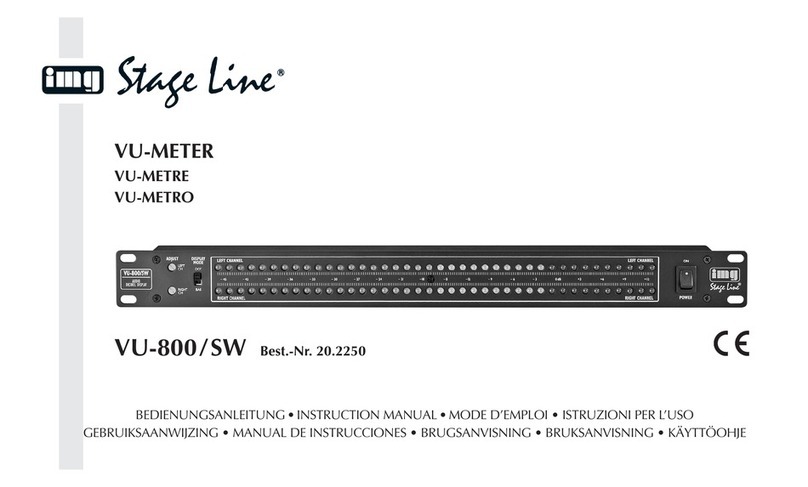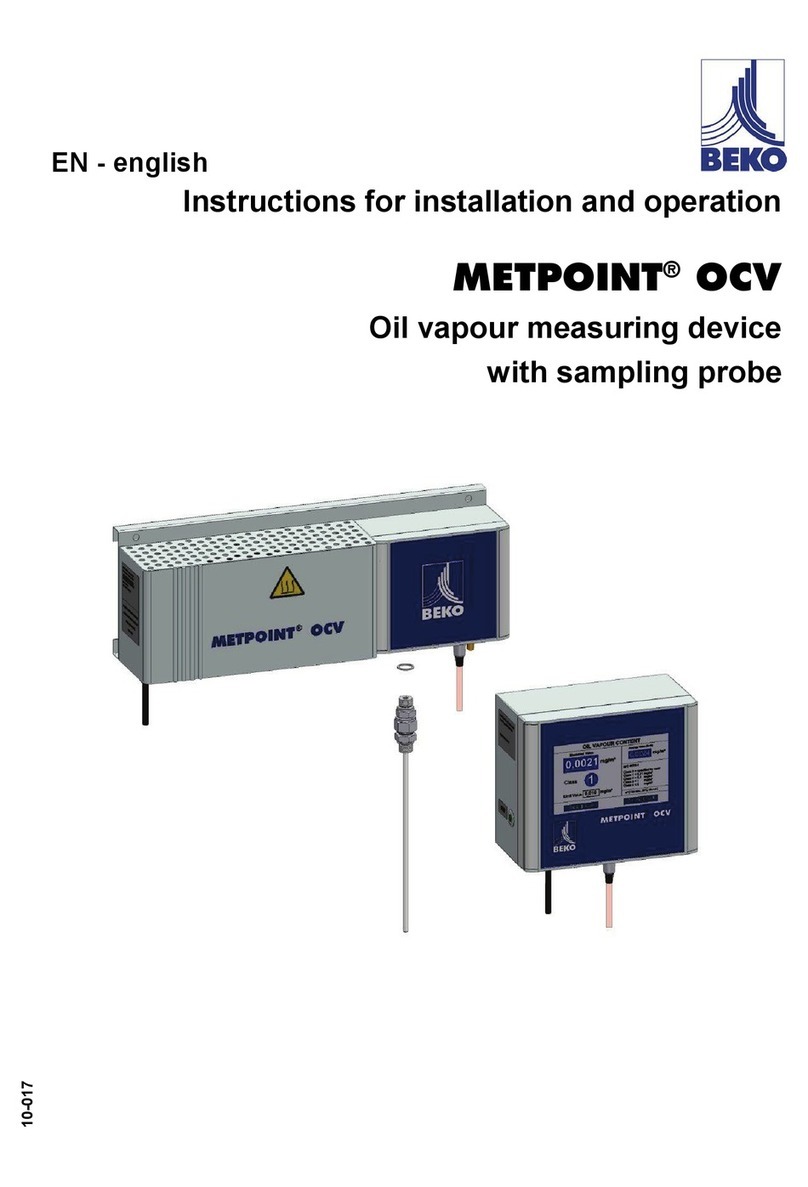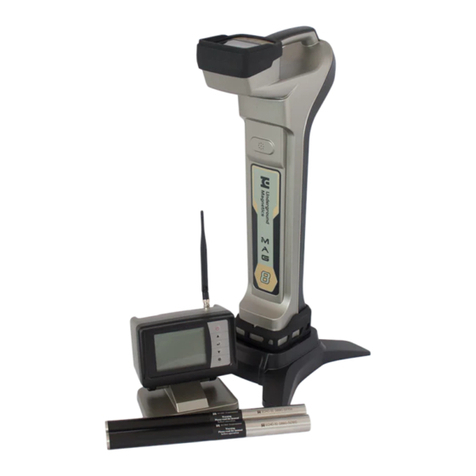
ST2684/A Operation Manual Contents
- ii -
Chapter 4 [SETUP]..........................................................................................................................22
4.1 <MEASURE SETUP> ..............................................................................................................22
4.1.1 RESULT..........................................................................................................................23
4.1.2 HV2 TRACK ..................................................................................................................23
4.1.3 DISCHARGE..................................................................................................................24
4.1.4 MEASURE DELAY .......................................................................................................24
4.1.5 CHARGE TIME .............................................................................................................25
4.1.6 HUM REJECT................................................................................................................26
4.1.7 CONTACT CHECK........................................................................................................26
4.2 LIMIT SETUP...........................................................................................................................26
4.2.1 COMP: ON/OFF.............................................................................................................27
4.2.2 Limit mode of compare function ....................................................................................28
4.2.3 Setting nominal value......................................................................................................29
4.2.4 High and low limits.........................................................................................................29
4.2.5 File manage.....................................................................................................................30
4.2.6 TOOLS............................................................................................................................30
4.3 BARGRAPH SETUP................................................................................................................30
4.3.1 BAR SCALE...................................................................................................................31
4.3.2 FILE................................................................................................................................32
4.4 SEQUENCE SETUP.................................................................................................................32
4.4.1 SELECTED SEQ............................................................................................................33
4.4.2 DEFAULT SEQ...............................................................................................................33
4.4.3 USER SEQ......................................................................................................................34
4.4.4 FILE................................................................................................................................34
4.5 SEQ. CONTENT.......................................................................................................................35
4.5.1 Basic test theory and specifictaions................................................................................35
4.5.2 ITEM...............................................................................................................................37
4.5.3 NO...................................................................................................................................40
4.5.4 HV...................................................................................................................................40
4.5.5 RANG.............................................................................................................................41
4.5.6 AVG.................................................................................................................................41
4.5.7 LOW, HIGH....................................................................................................................42
4.5.8 TIME...............................................................................................................................43
4.5.9 FILE................................................................................................................................43
4.6 XY GRAPH SETUP..................................................................................................................43
4.6.1 X-SCALE........................................................................................................................44
4.6.2 SET TIME.......................................................................................................................44
4.6.3 Y-SCALE ........................................................................................................................45
4.6.4 CUR SCOPE...................................................................................................................45
4.6.10 FILE..............................................................................................................................45
4.7 SCAN SETUP ...........................................................................................................................46
4.7.1 SELECTED SEQ............................................................................................................46
4.7.2 SCAN START NUM.......................................................................................................47
4.7.3 SCAN END NUM ..........................................................................................................47
4.7.4 SCAN RESULT..............................................................................................................47
4.7.5 SCAN CONNECT..........................................................................................................48
4.7.6 FILE................................................................................................................................48
4.8 USER ADJUST .........................................................................................................................48
4.8.1 OPEN CORR:ON/OFF................................................................................................49
4.8.2 OPEN CORR..................................................................................................................49
4.8.3 LOAD CORR: ON/ OFF ................................................................................................50
4.8.4 REFERENCE..................................................................................................................50
4.8.5 FILE................................................................................................................................50
Chapter 5 [SYSTEM]......................................................................................................................51






















